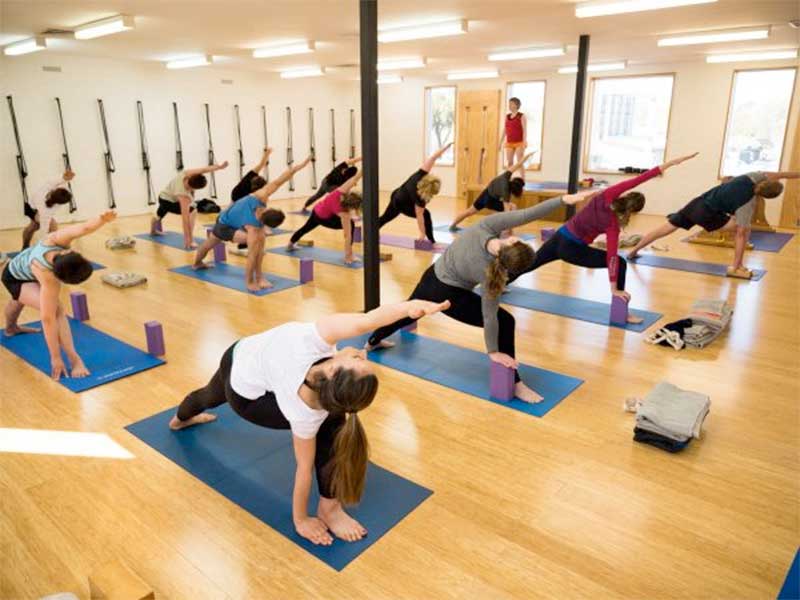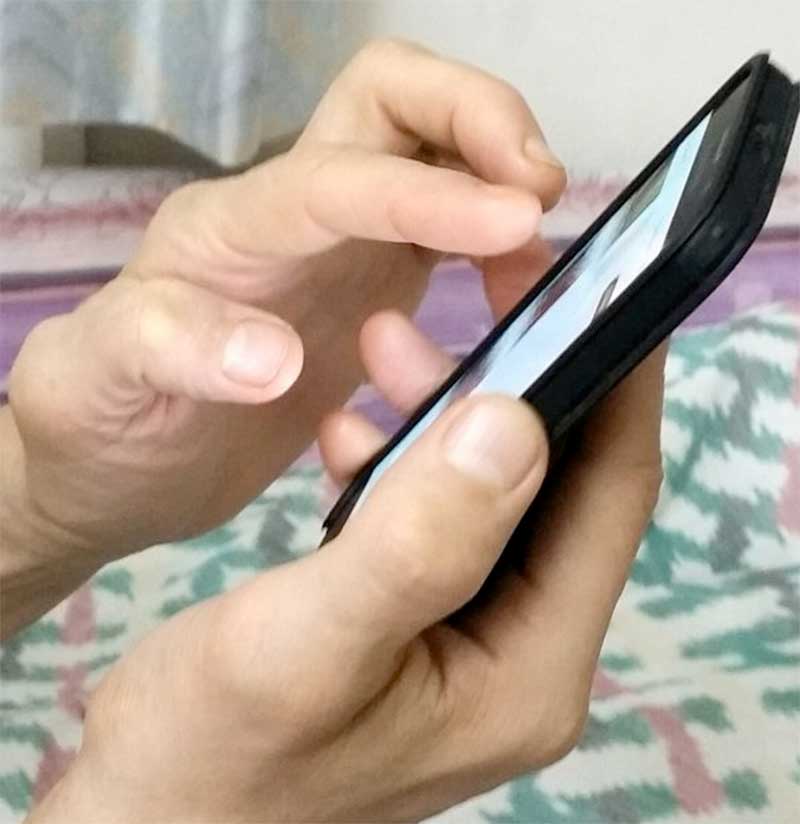
Yoga and Anxiety
Recently, I have noticed an increase in the number of new students enrolling at our yoga school who suffer with mild or in some cases chronic anxiety. Some students take medication for this condition. I know this because we ask all new students to fill in a health assessment form before starting classes and up to 15% of new students report that they suffer with anxiety.
According to Beyond Blue (Australia’s pre-eminent organisation that helps people to deal with mental health issues), three million Australians are currently experiencing anxiety or depression. Anxiety is the most common mental health condition in Australia. On average, one in four people will experience anxiety at some stage in their life.
In my history of teaching yoga, the number of new students with a pre-existing anxiety condition has become significant. When I first started teaching twenty years ago, either anxiety was not reported or people did not suffer from anxiety as much as they do now. I suspect the latter – that there was less anxiety in the community than there is today. Notably these days, we have many young people in their 20s reporting that they suffer with either anxiety or depression or in some cases, both.
What is Anxiety
Beyond Blue states that anxiety is more than just feeling stressed or worried. Stress and anxious feelings are a common response to a situation where someone feels pressure. These feelings usually pass once the stressful situation or ‘stressor’ is removed. Anxiety is when these anxious feelings don’t subside – when they’re ongoing and exist without any particular reason or cause. It’s a serious condition that makes it hard to cope with daily life.
Causes of Anxiety
Anxiety can be caused by multiple factors. Ongoing day to day stressful events such as work, job change, change in living arrangements, infertility, raising children, family and relationship problems, a traumatic event or any verbal, sexual, physical or emotional abuse can all trigger anxiety.
Some people get anxious around a particular time of year. For example it is well known that in Australia, anxiety levels in many people increase over the Christmas period as people struggle with the financial burden of Christmas presents, hosting lunches as well as coming together with family. This period causes stress for some people which induces anxiety. It is well known that Christmas Day is one of the highest call out days for police to respond to domestic violence.
Physical health problems such as diabetes, asthma, hypertension and heart disease can also trigger anxiety as people worry about their health (and their own mortality).
Life has always been stressful. But today, it is more so than before. Life is much faster than it once was. So many things need to fit into our daily lives that it is easy to neglect the maintenance of our body and especially, our mind. We are so busy launching ourselves from one thing to the next without pausing in between that we don’t know how to be quiet. We keep moving at a frenetic pace which causes stress in our bodies. This fast pace of life affects our mental health and, for example, creates anxiety.
We cannot change the pace of life around us or necessarily reduce the demands put upon us. We still have responsibilities we must meet such as working, paying the rent or mortgage and looking after children or family. We may make time out to socialise and do ‘relaxing’ things like go to a restaurant for dinner or go on a holiday but this does not reduce our stress. Even if we are disciplined and regularly take time to do some exercise such as go to the gym or run it doesn’t necessarily diminish stress or make our mind quiet.
Managing Stress from the Yoga perspective
In his book Light on Life, BKS Iyengar says that the key to overcoming stress is to calm and strengthen the nervous system. For many students when they close their eyes in savasana (relaxation pose), the eyes continue to flicker and jitter despite the eyes being closed. The eyes are so close to the brain that their tension and jitteriness reflects how ragged the brain and nerves have become. This stress needs to be pacified and removed from the body otherwise a quiet mind and calm life is not possible.
Students who have anxiety retain stress in their bodies. It affects the way they move and hold their bodies. In general there is a greater tightness in the chest, thoracic spine, shoulders and neck for people with anxiety than for other people. The chest is often narrow and hollow.
The yoga approach is to remove the stress in the muscles and nerves by extension and expansion. We focus a lot on the chest, getting it to open and spread and rolling the shoulder back and releasing them down to remove the stress around the neck and shoulders. When the chest is open it brings a sense of buoyancy, it uplifts the student and feelings of stress and anxiety drain away.
The practice of asana and pranayama (coarsely translated as breath work) both remove stress so that students feel calmer but also energised. The nerves are soothed by these practices, so you feel refreshed and can manage whatever it is that life demands of you.
My Experience
Practising yoga helps to develop emotional stability. Before I started regular yoga practice, I sometimes would lose my temper quite easily (not unlike many other people). Simple things would trigger me. Another driver taking a carpark that I had been waiting for. Spilling food or drinks that needed to be cleaned up. Stubbing my toe or accidentally hurting myself in the course of some task. Running for and missing my bus, train or tram. All regular normal daily disappointments. I would swear loudly and if I thought it was someone else’s fault (whom I didn’t know), blame them. All of which was not necessary and would not change the situation. Being angry, swearing loudly and gesticulating wildly with my hands only wasted my energy – energy that I could have used for a better purpose.
Now when I practice, my nervous system becomes soothed. And that soothed sensation remains beyond the duration of the practice. It lasts for 24 hours. So when aggravating events occur or other people (including family members) behave in a manner that would ordinarily trigger my anger response, nothing happens. I just don’t get really angry anymore. I have mild irritation instead. It is not that I’m using self- control techniques such as taking deep breaths or walking away. It’s that the anger response is just not triggered. If I don’t practice yoga for a few days, I find that this starts to reverse and I easily rise to anger once again (which is a reminder that I need to get back into practice).
Yoga practice helps a person to completely relax both physically and mentally. The nerves are soothed, the brain is calmed and the hardness and rigidity of the body is removed. A clear sense of inner peace comes about. It is this peaceful state brought about by yoga that BKS Iyengar maintains is the solution to stress and hence anxiety.
According to Patanjali’s yoga sutras (2.16), “the pain which is yet to come is to be avoided”. So we need not suffer with stress or anxiety. We can avoid it. We just need to practice yoga.
References
Iyengar, B.K.S., Evans, J.J., & Abrams, D. (2005) Light on Life The Yoga Journey to Wholeness, Inner Peace, and ultimate freedom (1st ed.) Rodale Inc.
https://www.beyondblue.org.au/the-facts/anxiety

